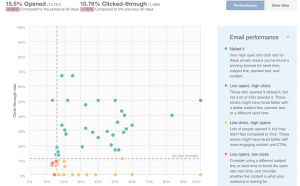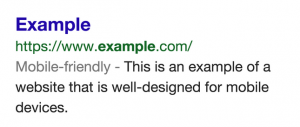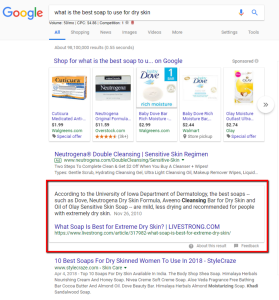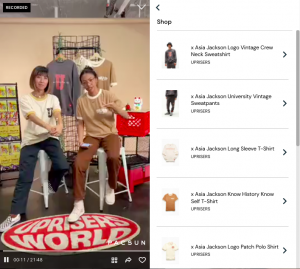
Social media is deeply embedded in our daily lives today — particularly with Millennials.
Millennials have been immersed in technology and social media since they were born and they are expected to account for 75 percent of the global workforce by 2025. Given the prevalence of social media, it should come as no surprise that many organizations use social media screening to “dig up dirt” on potential hires and to look for red flags that could point to poor on-the-job performance.
A recent survey found that over half of recruiters (52%) always search social media posts as part of the hiring process. In addition, a poll by the Society for Human Resource Management (SHRM) found that more than one-third of companies (36%) have discovered information on public social media or in an online search that has caused them to disqualify a job applicant.
Although HR teams keep an eye out for negative information on social media when vetting candidates, they also are looking for information that will positively influence an applicant’s chances of getting the job. Here are three examples:
- Social media posts illustrate how candidates will fit with the company culture. Cultural fit is a major concern during the hiring process. Many organizations believe that they can train a new hire on the technical skills needed to perform a job well, but that it’s impossible to change an individual’s personality so it fits with the company culture. Social media posts related to outside interests, volunteer activities, and more can give recruiters insight into a candidate’s personality.
- Social media profiles highlight candidates’ communication skills. LinkedIn profiles, personal blogs, and public social media posts on Twitter or Facebook provide recruiters with valuable information about applicants’ writing styles and attention to detail.
- Social media profiles may include professional recommendations. Some candidates may include professional recommendations in their LinkedIn profile. These endorsements from former managers and peers can be useful when considering how an applicant will work with others.
While social media screening has become an integral element in the hiring process, it’s essential that companies do it in the right way and at the right time. For example, HR teams must determine when in the hiring process to conduct screenings, as well as how to structure the screening process. Defining social media screening policies can help organizations avoid charges of discrimination and other challenges from candidates.
To learn more about minimizing the legal risks of using social media in HR, while maximizing the potential benefits to your business, join us on April 7th for a webinar with Jonathan Segal titled “Social Media: The ‘Double Edged Sword’ of Hiring & Recruiting.” Click here to register!
Business & Finance Articles on Business 2 Community
(10)







